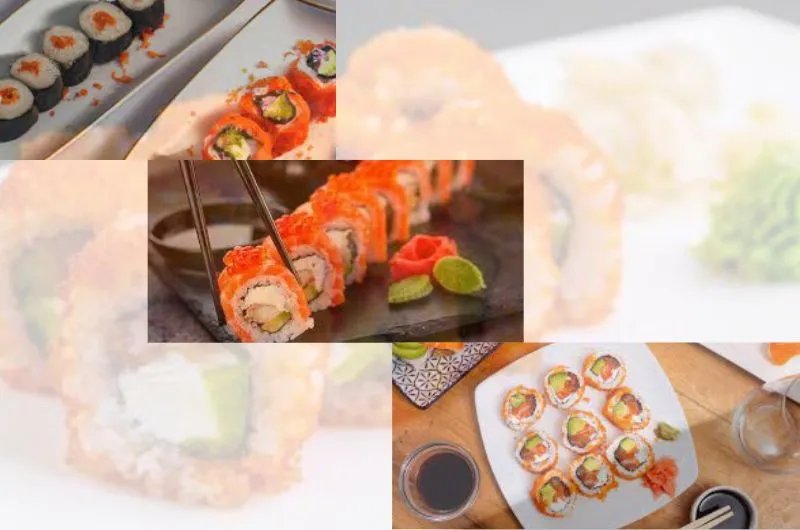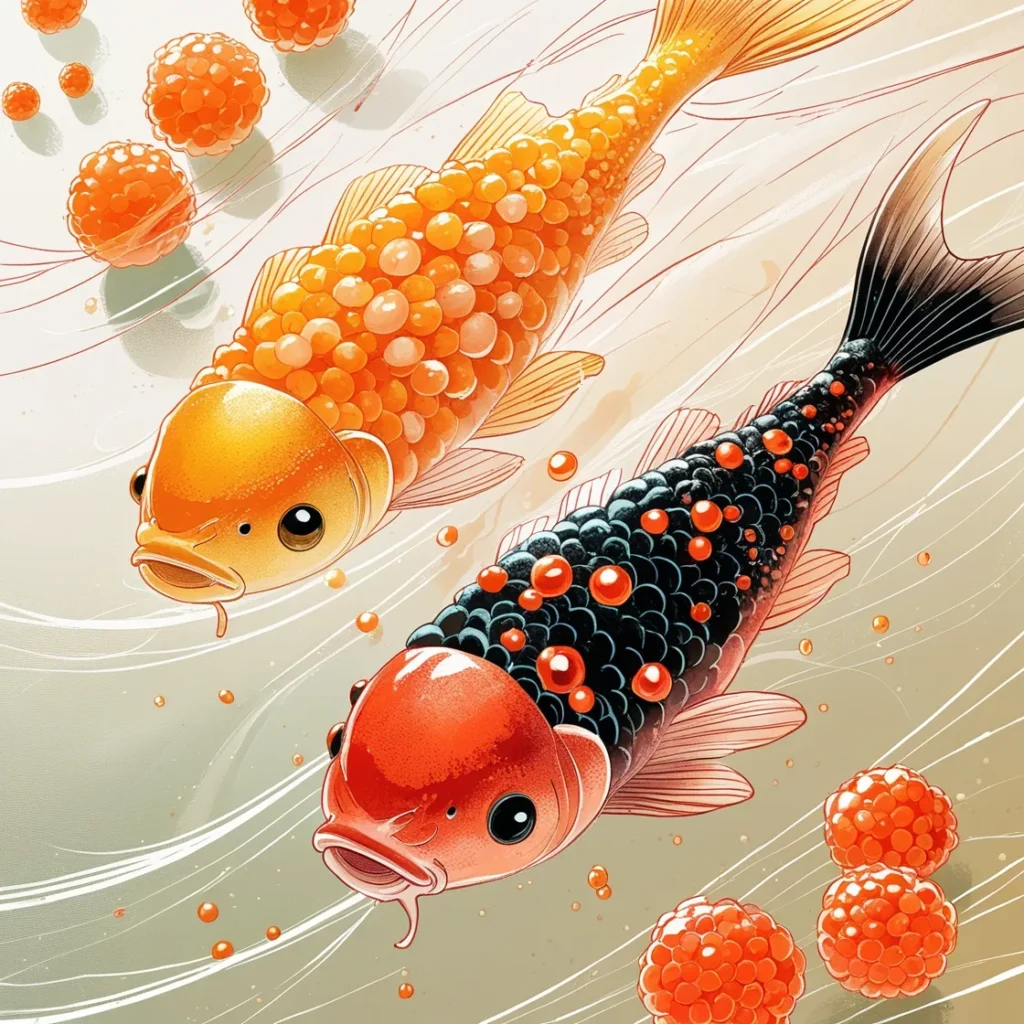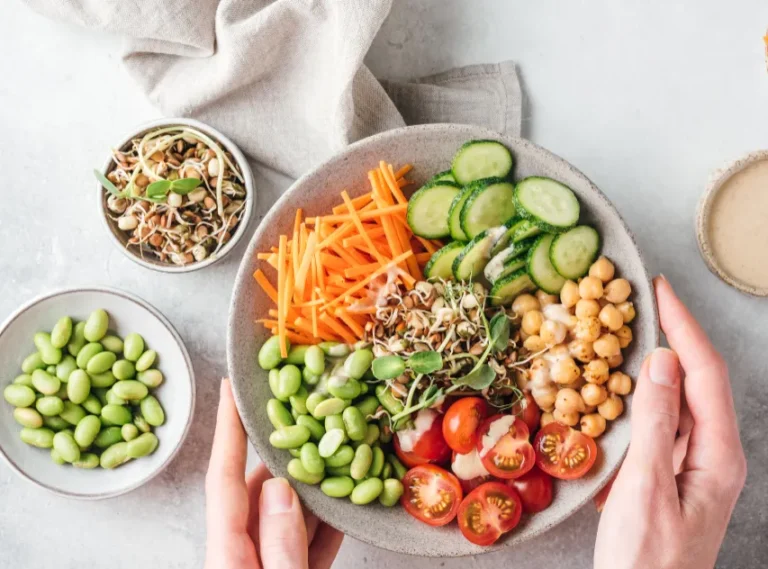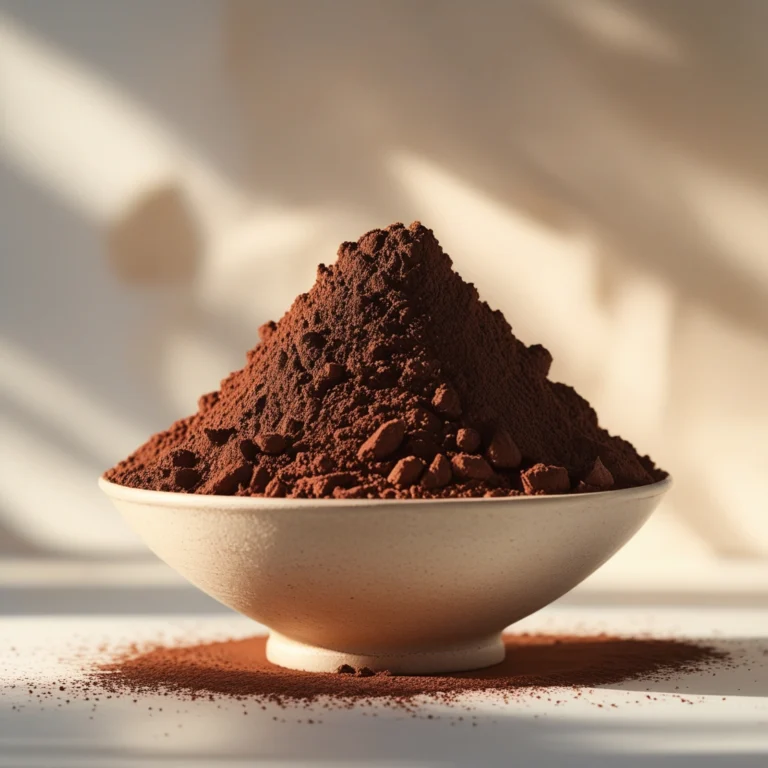Masago: Nutritional Benefits and Delicious Recipes
Masago: Nutritional Benefits and Delicious Recipes. Masago or smelt roe are the edible eggs of the capelin fish. They’re loaded with protein, nutrients, and vitamin B12. But people with high blood pressure or seafood allergies should be cautious when considering this ingredient. Fish roe are the fully ripened eggs of many types of fish, including sturgeon, salmon, and herring.
Masago is the roe of capelin, a small fish found in the cold waters of the North Atlantic, North Pacific, and Arctic oceans. A popular ingredient in Asian cuisine, masago is sought after for its distinct taste and considered a specialty product. This article looks at the nutrition, benefits, downsides, and uses of masago.
What is masago?
Smelt roe — commonly known as masago — are the edible eggs of the capelin fish (Mallotus villosus), which belong to the smelt family. They’re considered a forage fish, meaning they’re an important food source for larger predators, such as codfish, seabirds, seals, and whales. These small, silvery-green fish closely resemble sardines.

Though the flesh of capelin is edible, it’s most sought after by fishermen to create other products, including masago. About 80% of harvested capelin is used to produce fishmeal and fish oil products, while the remaining 20% is used to produce masago.
Masago vs. tobiko
Masago: Nutritional Benefits and Delicious Recipes. Masago is often confused with tobiko — the eggs or roe of flying fish. Although similar, tobiko and masago have key differences. Masago is smaller and less expensive than tobiko, which is why it’s used as a popular substitute for tobiko in sushi rolls.

Unlike the naturally bright red hue of tobiko, masago has a dull yellow color and is often dyed to enhance visual interest. While masago tastes similar to tobiko, it has a less crunchy texture. Overall, tobiko and masago are very similar, yet tobiko is considered a more high-end sushi ingredient due to its cost and quality.
Summary;
Masago is harvested from female capelin fish before they have a chance to spawn. It’s commonly used as an ingredient in sushi and often dyed to add visual interest to dishes.
Egg-bearing female capelins are harvested and exported to Asia, where their eggs are extracted and processed to make masago. The eggs are often dyed bright orange, and sometimes red or green. Masago is probably best known as a colorful garnish for sushi rolls, including California rolls.
What does masago taste like?
It has a briny, slightly fishy flavor and slightly crunchy texture. Because masago eggs are so small, they don’t “pop” in your mouth like caviar.
Masago vs. tobiko
Masago is sometimes used as a less expensive substitute for tobiko, the roe of the flying fish. While the flavor is similar, tobiko are larger, crunchier, and look more transparent.
Masago Health Benefits
Along with adding a pop of color and a salty flavor to foods, masago is thought to add nutritional benefits as well. The possible benefits include:
Heart health. Omega-3 fatty acids like those found in masago help your body make hormones it needs to control blood clotting and prevent inflammation of the heart’s artery walls. Researchers have found that people who eat more omega-3 fats are less likely to have heart disease than people who don’t.
Eye health. Omega-3 fatty acids are an important part of the structure of the retina, the layer of cells at the back of your eye that helps you see. While the exact role they play in eye health is not fully understood, several studies have found that omega-3s help the eyes of babies and young children develop.
Bone health. Masago contains vitamin D, which can help prevent bone loss and fractures over the long term. Doctors sometimes recommend using vitamin D supplements to reduce your risk for osteoporosis.
Reduce arthritis symptoms. The omega-3 fatty acids in foods like masago are thought to reduce symptoms of inflammation throughout the body, which may have important benefits for people living with rheumatoid arthritis.
Is Masago Good for You? (Potential Benefits)
Although masago is typically consumed in small amounts, it contains a pretty extensive nutrient profile and can bump up your intake of several key nutrients, including vitamin B12, selenium and magnesium. It’s also considered a nutrient-dense food, meaning that it contains a concentrated amount of these key vitamins and minerals for a low amount of calories.
Here are some more benefits of masago:
1. Natural Source of Vitamin D
It’s one of the few natural food sources of vitamin D, an essential micronutrient that many don’t get enough of. In fact, a deficiency in this important nutrient can contribute to a slew of vitamin D deficiency symptoms, including fatigue, depression, insomnia and anxiety.
2. High in Omega-3
Masago is an excellent source of omega-3 fatty acids, which are a type of heart-healthy fat associated with a variety of benefits. Not only can omega-3 fatty acids help support heart function, but they have also been shown to protect cognitive health, reduce inflammation and aid in weight control as well.
3. Low in Mercury
It’s also low in mercury and can be consumed safely, even while pregnant. According to the American Pregnancy Association, pregnant women can safely enjoy masago in moderation along with other low-mercury seafood options, like salmon and tobiko.
Summary;
Masago is rich in essential nutrients like vitamin B12, selenium, and magnesium, while being low in calories. It provides vitamin D, heart-healthy omega-3s, and is a low-mercury seafood option safe for moderate consumption, even during pregnancy.
Potential Downsides
There are some potential downsides that need to be considered, plus several reasons that you may want to keep your intake in moderation, including:
1. High in Sodium
First of all, masago is relatively high in sodium, packing in about 10 percent of the daily recommended value into a single tablespoon. For those who have high blood pressure or heart problems, cutting back on sodium is key to keeping blood pressure in check.
Overdoing it on the sodium can contribute to other health problems too, and a high intake of sodium has been associated with issues like stomach cancer and bone loss.
Masago is also most commonly found in sushi, a popular food that has the potential to be laden with health problems. Besides usually being filled with farmed fish, refined carbs and questionable ingredients, the raw fish found in sushi also significantly ups your risk of parasitic infections and foodborne illness.
Summary;
Masago is high in sodium, which can contribute to high blood pressure and other health issues if consumed excessively. Additionally, sushi, where masago is commonly used, may contain raw fish that increases the risk of foodborne illnesses.
2. Dropping Population Causing Ecological Concerns
Additionally, masago consumption may also be linked to some ecological concerns. In fact, the Department of Fisheries and Oceans reported that capelin stock had declined by 70 percent between 2015 and 2018, which is thought to be largely attributed to environmental issues rather than overfishing.
Masago Fish Egg Uses
Masago fish eggs are a popular sushi ingredient. They are often used as a garnish to enhance the appearance of a variety of sushi rolls. While masago fish eggs are naturally pale yellow, they are often dyed orange or brighter colors to present them as more expensive varieties of fish roe like tobiko (flying fish roe), which is in short supply.
Masago fish eggs are described as having a salty and slightly smoky taste. Their flavor can add a punch of ocean-fresh flavor to many dishes. As a sushi topping, masago adds texture and a slight crunch.
In addition to being used as a sushi garnish, masago can be used in the following ways:
- A spread on toast
- A garnish for oysters
- An ingredient in pasta and sauces
Products marketed as masago eggs may contain ingredients such as high-fructose corn syrup, salt, and monosodium glutamate (a flavor enhancer), which are added during packaging. Food dyes may be used to make masago look more expensive. Check labels carefully since these types of additives may offset the nutritional benefits of masago.
Summary;
Masago fish eggs are a popular sushi garnish with a salty, smoky flavor, often dyed to resemble pricier fish roe. They can also be used in dishes like pasta, sauces, and as a topping for toast or oysters.
Here are five frequently asked questions (FAQs) about Masago: Nutritional Benefits and Delicious Recipes:






